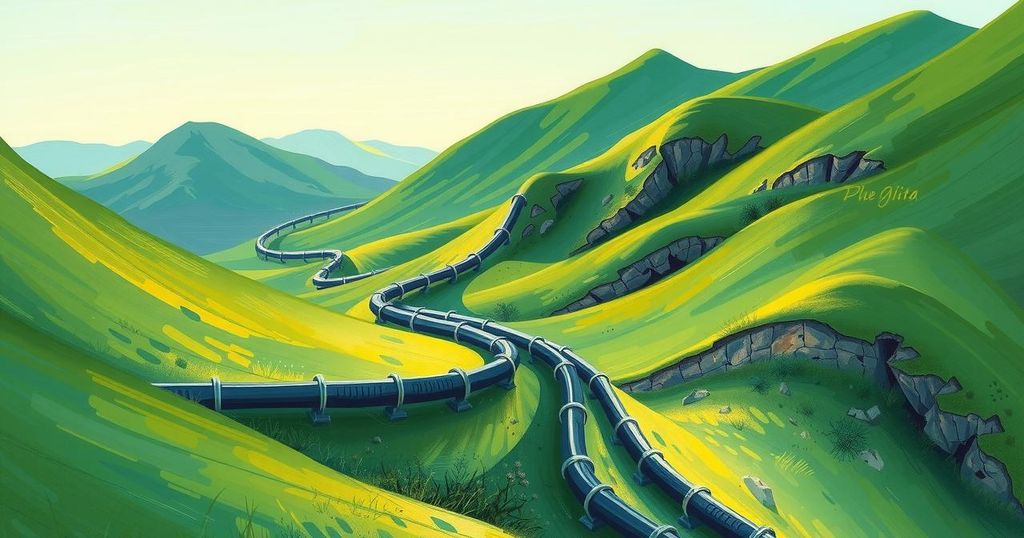India is actively exploring critical mineral assets in Congo, Zambia, Tanzania, and Australia to support its clean energy needs. The government has launched a National Critical Mineral Mission with a substantial investment to increase exploration and reduce import dependence. Collaboration with public sector companies is pivotal to these efforts, with a focus on high-demand minerals like lithium and cobalt.
On February 27, 2025, the Indian government announced plans to explore critical mineral assets in regions including the Democratic Republic of the Congo, Zambia, Tanzania, and Australia. Mines Secretary V.L. Kantha Rao stated that collaboration is underway with the Australian government and other countries to secure these essential resources for Indian companies. Critical minerals like copper, lithium, nickel, cobalt, and rare earth elements play a pivotal role in advancing clean energy technologies, such as electric vehicles and battery production.
The secretary highlighted partnerships with public sector companies, including Coal India, NMDC, and ONGC Videsh Ltd, to explore mineral blocks in Australia. Specifically, Rao noted that Zambia has permitted India to explore a greenfield area of 9,000 square kilometers for cobalt and copper, with hopes of securing mining rights following a two to three-year exploration period.
Mines Minister G. Kishan Reddy mentioned the high demand for lithium blocks, revealing that the Geological Survey of India has identified potential areas in Jammu and Kashmir, as well as Chhattisgarh. To enhance exploration efforts, a special team will be formed to focus on the lithium blocks, with more clarity expected by late April or early May, prior to an auction of the exploration licenses.
In the previous month, the Indian government approved a National Critical Mineral Mission worth ₹16,300 crore, aimed at fostering self-reliance and promoting green energy transition over a seven-year period with a total outlay of ₹34,300 crore. Public sector enterprises are anticipated to contribute significantly to the mission’s objectives, which include increasing domestic exploration, reducing import dependency, acquiring foreign mineral blocks, and developing recycling technologies.
Global demand for critical minerals is on the rise due to the accelerating shift towards clean energy. The mission is strategically designed to diminish reliance on imports and bolster India’s self-sufficiency in critical mineral resources, encompassing the exploration and recycling of essential materials.
The Indian government’s exploration initiatives in key countries such as Congo, Zambia, Tanzania, and Australia aim to secure vital mineral resources to support clean energy technologies. The establishment of the National Critical Mineral Mission represents a significant commitment to enhancing domestic exploration, reducing import reliance, and advancing India’s green energy objectives. As the demand for these minerals escalates globally, India seeks to attain self-sufficiency while advancing its transition to sustainable energy solutions.
Original Source: www.thehindu.com




